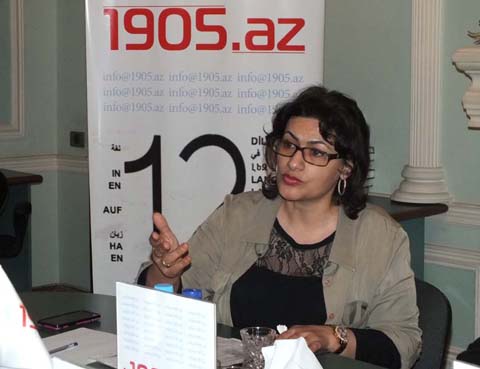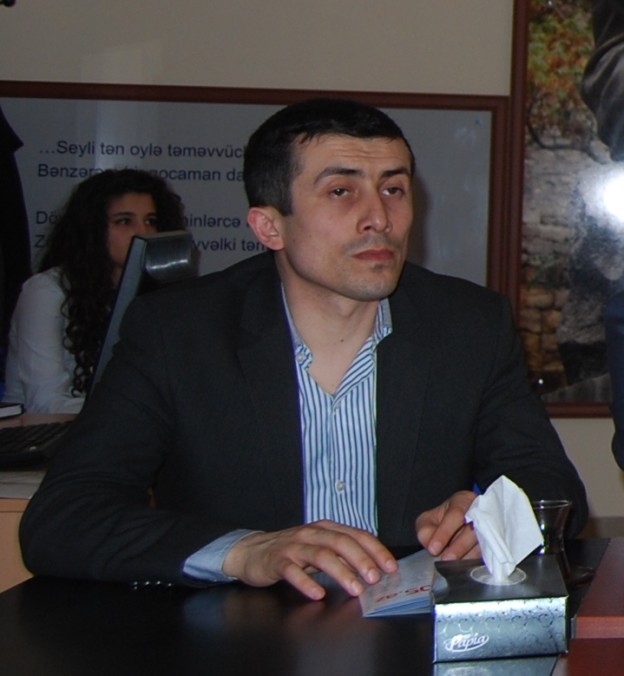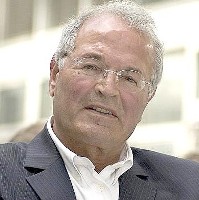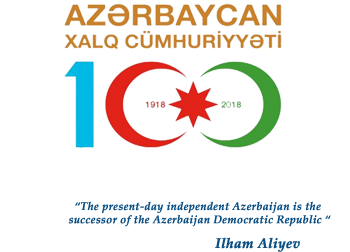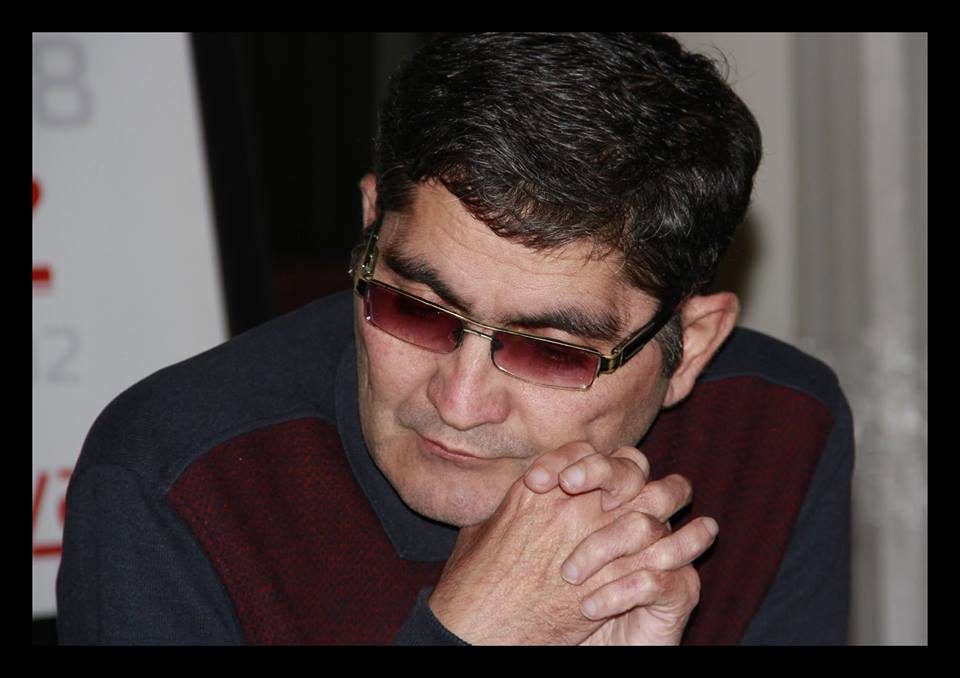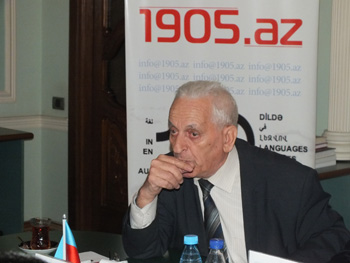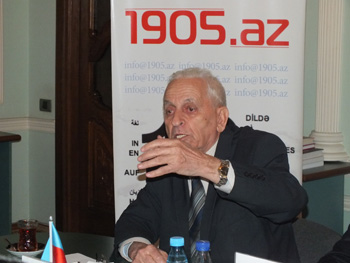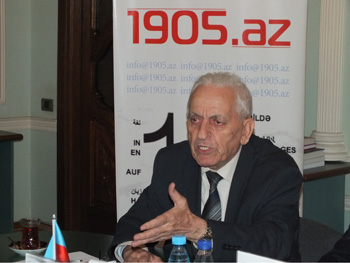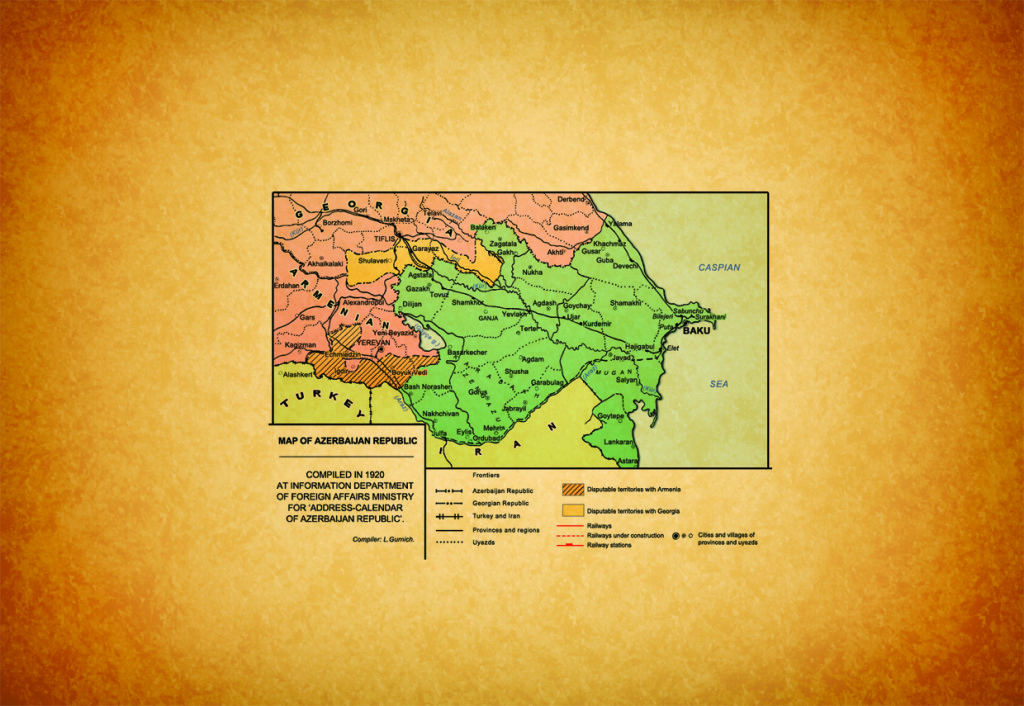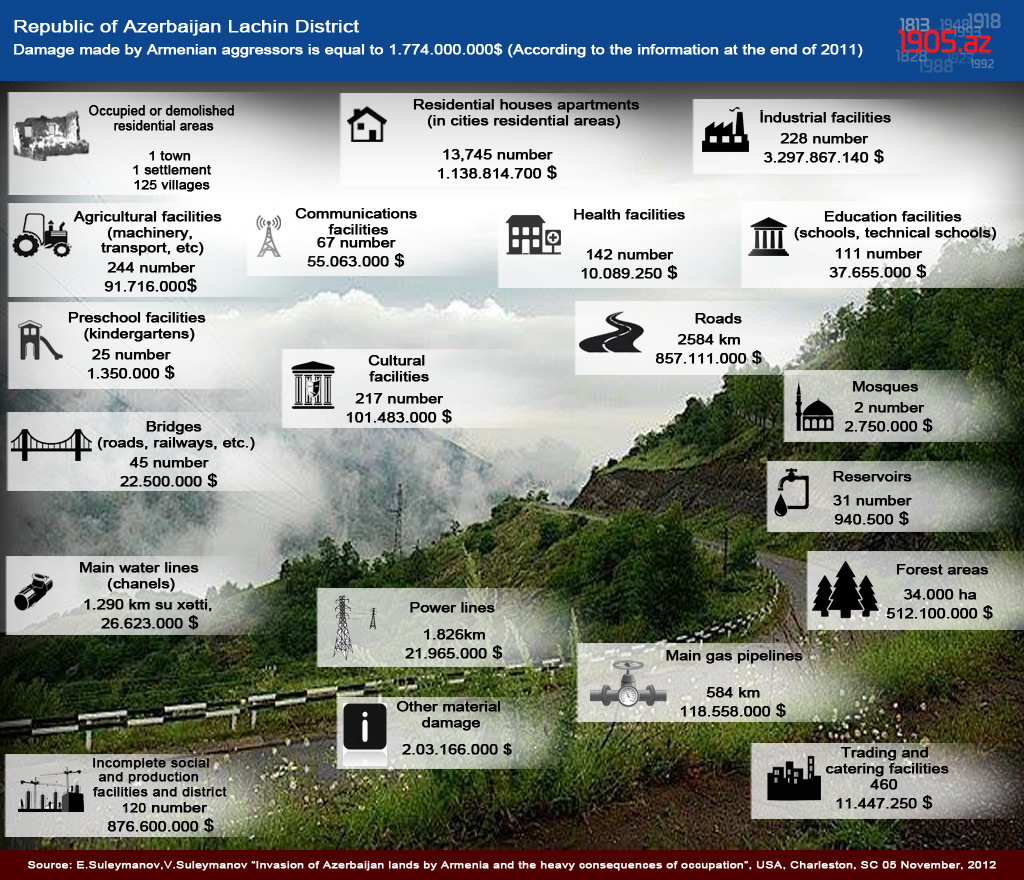As a branch of the Phrygians, the ancestors of the present Armenians migrated from the Balkans to the upper basin of the Euphrates River first in VII-VI centuries BC, later they moved northwards and ultimately found a new homeland around the Lake Van. 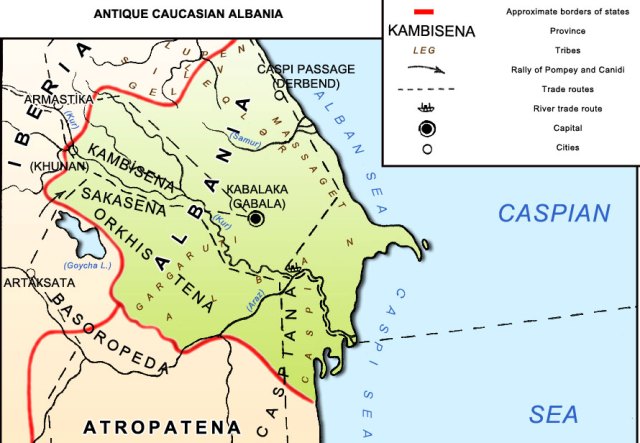 Without any influence on the regional processes, the Armenians were subordinate to big powers (Achaemenids, Romans, Sassanid, Byzantine), took part in their military campaigns, attempted to settle in the neighboring lands by attacking them with the help of their patrons. The arrival of the Armenians in the Southern Caucasus is also related to the military campaigns. “The first appearance of the Armenians in the Southern Caucasus occurred by the end of II century BC”(Mahmudov Y. Şükürov K. Qarabağ: Real tarix, faktlar, sənədlər. Bakı, 2005. s. 18) .
Without any influence on the regional processes, the Armenians were subordinate to big powers (Achaemenids, Romans, Sassanid, Byzantine), took part in their military campaigns, attempted to settle in the neighboring lands by attacking them with the help of their patrons. The arrival of the Armenians in the Southern Caucasus is also related to the military campaigns. “The first appearance of the Armenians in the Southern Caucasus occurred by the end of II century BC”(Mahmudov Y. Şükürov K. Qarabağ: Real tarix, faktlar, sənədlər. Bakı, 2005. s. 18) .
“The Armenians could have arrived in the Southern Caucasus not before the aggressive wars of Artaxias and Zariadra, i.e. after II century BC…”(Алиев И. Лжеистория – очередная попытка оправдать агрессию. Баку, 2003, с. 26.).
The Armenian scholars (S.T. Yeremian, B.A. Ulubabian, A.S. Mnatskanian and others) attempt to present the targets of those campaigns as the original lands of the Armenians, to claim to the culture and history of the indigenous people, however, fail as their arguments are not based on historical facts. This failure is also connected with the ethno-psychological feature of the Armenians formed centuries ago. The ability of creating a strong system and statehood traditions, as well as the patriotic feelings is foreign to them. In this connection, Gevorg Aslan notes: “Armenians didn’t have statehood. They are not related with sense of homeland and are not bounded by political ties. ” (“Gəldim, gördüm,…mənimsədim” (Azərbaycan mədəni ənənələrinin mənimsənilməsi erməni ənənəsi haqqında). Bakı, 2010, s.3 //http://www. azembassy.com.ua/docs/356_Geldim,%20gordum,%20menimsedim%20 (az,ru,eng).pdf)
While they are allochthonous in the Southern Caucasus, their claims against the original lands of Azerbaijanis and Georgians are nonsense. The territories they claim also include the Caucasian Albania, especially the territories south to the Kura River. Some Armenian historians, who have turned their falsifications into a scientific method, have below concepts into circulation: the lands between the Kura and the Araks rivers belonged to Armenia; the ancestors of the Armenians lived there (Акопян А. А. Албания — Алуанк в греко-латинских и древнеармянских источниках. Ереван, 1987; Еремян С. Г. Раннефеодальные государства Закавказья в III—VII вв. Очерки истории СССР, (III—IX вв.), М., 1958,; Улубабян Б. Л. Очерки истории восточного края Армении (V — VII вв.). Ереван, 1982; Мнацаканян А. Ш. О литературе Кавказской Албании. Ереван, 1969).
1. Z. Bunyadov, I. Aliyev, F. Mammadova, G. Geybullayev (Bünyadov Z.M. Azərbaycan VII-IX əsrlərdə. Bakı, 1989; Алиев И. Нагорный Карабах: История. Факты. События. Баку, 1989; Мамедова Ф. ‘Политическая история и историческая география Албании. Баку, 1985; Гейбуллаев Г.А..К этногенезу азербайджанцев. Т.1,Баку, 1991) and others rejected those concepts by referring to the works of ancient and medieval authors.
Covering the territory from the southern foothills of the Greater Caucasus to the Araks River, the Caucasian Albania emerged at the turn of IV-III centuries BC and existed until the Arab invasion in VIII century AD. The ethnic composition of the Caucasian Albania was made up by Turkic, Caucasian and Iranian peoples. Albanians, Gargars, Maskuts, Saks, Kangars, Utis, Legs, Lpins, Basils, Khazars, Gels and other groups also played an important place in the variegated ethnic map of the country (Гейбуллаев Г.А.. Указ. Соч., с. 71-245; Мамедов Т.М. Кавказская Албания. Баку, 1993, с. 32-43.).
Due to the Albanian domination, the relevant ethnonym was applied to all ethnic groups.
Starting from II century BC, the Azerbaijani and Georgian lands became subject to regular Armenian invasions; as a result, the Armenians occupied some territories for a short time. Referring to R.H. Hevsen, I.Aliyev connects the Armenian territorial expansion with the collapse of the Achaemenids Empire (Алиев И. Карабах в древности. // История Азербайджана по документам и публикациям. Баку, 1990, с. 25).
In II century BC, the Armenian king Artaxes II occupied the lands on the right bank of the Kura River, belonging to Saks, Utis and Gargars (Тревер К.В. Очерки по истории и культуре Кавказской Албании. М.-Л., 1959, с. 58. ). The next stage of the Armenian policy of aggression started after Tigran’s II, who had been held hostage at Parthian court for a long time, came to power in Armenia.
After he was installed ling of the Armenian by the Parthians in 95 BC, Tigran II pursued an aggressive policy and invaded several border regions (Армения в III-I вв. до н.э. //Всемирная история. Энциклопедия. Т.2., 1957 // http://interpretive.ru/dictionary/447/word/armenija-v-iii-i-v-do-n-ye ).
Mentioning the Armenian invasions, Strabo wrote: “… Once a small country, Armenia grew as a result of the wars of Artaxia and Zariadria… Having occupied the lands of the neighboring nations, the Armenians expanded their territories. They invaded Caspiana, Phavnitida, Basoropeda from Media, the foothills of Pariadra, Chorsen and Gogarena, Carenitida and Xerxena from Halibians and Mossiniks, Akilisena and some territories around Antitaurus from Kataons, Taronitida from Syrians.” (Алиев И. Указ. Соч., с. 25. ). These invasions proved to be short-term, and despite all efforts, the Armenians could not strengthen their positions in the occupied territories, In other words, the Albanians could retain their ethnic identity.
The Russian author L.V. Velichko also supports the concept that the Caucasian Albania was not inhabited by the Armenians. According to him, “the Caucasian Albania was inhabited by non-Armenian peoples.”( Величко В.Л. Кавказ. Русское дело и междуплеменные вопросы. Баку, 1990, с. 66.).
In early IV century the Armenians were converted to Christianity. The church became the center of religious, political, economic and cultural life of the Armenians, who tried to compensate weak statehood traditions by uniting around the church. In its turn, the church soon turned into a political center and got involved more in political affairs than in religious. One of the directions of the activities of the Armenian Church was aimed at gaining control over the neighboring peoples and assimilating them. The Albanians were among the targets of the church. The spread of Christianity in Caucasian Albania in IV century was also creating favorable conditions for this plan.
Upon the occupation of the Caucasian Albania by the Arabs in VII-VIII centuries raised additional opportunities for the armenization of a part of its population. On the one hand, the abolition of the unified state with its provinces becoming part of a new religious and political system alien to the local people weakened the resistance potential of the population. On the other hand, the young Arabic Empire faced serious obstacles, even failures in the mountainous areas, although it managed rapid occupation of lowlands. The same happened also in the Caucasus. Despite fighting the Khazars for over a hundred years, the Arabs did not gain any noticeable military successes north to Derbent passage. While the major part of the Caucasian Albania was easily converted to Islam, the Mountainous Karabakh became an exception.
Moreover, the connections of the Albanian church with Byzantium were used by the hypocritical and treacherous Armenian clergy; the Armenian Catholicos Ilia sent a letter to Abdul-Malik Ameerul Momineen about the Albanian Catholicos Nerses. As a result, Nerses fell out of favor and was dismissed from his office, while the Albanian Church fell under the influence of the Armenian Church. This led to gregorianization of the population of the mountainous Karabakh (Bünyadov Z.M. Göstərilən əsəri, s. 85-100).
Because of the Armenian influence, the Albanians of the Mountainous Karabakh eventually lost their ethnic identity and got armenianized. This moment did not get lost out of sight of the researchers dealing with the region. For instance, V.L. Velichko was writing about it in early XX century: “The Christians, which once belonged to the Aghvan Catholicos, are now considered Armenians, as they got assimilated and took the traits of the latter.” (Величко В.Л. Указ. Соч., с. 66).
A.P.Novoseltsev also touched upon the Armenian influence in Albania. “The Huns, Savirs, Bulgars, Khazars made “repeated” attacks on the Southern Caucasus, particularly on the Caucasian Albania. Though the latter had a writing system and literature in one of the local languages, historiography seems to have existed only in the ancient Armenian; in general, the Armenian cultural influence was huge in Albania in VII-VIII centuries, the Albanian patterns had strongly entered the medieval Armenian literature by that time.” (Новосельцев А.П. Хазарское государство и его роль в истории Восточной Европы и Кавказа // http://gumilevica.kulichki.net/NAP/ nap0114.htm#nap011text323).
A community of the Armenians of the Albanian origin was formed in the Southern Caucasus as a result of gregorianization and eventual armenianization of some part of the Albanians. Armenian elements emerged in various parts of South Caucasus, mainly in the Western Azerbaijani lands, near the Lake Goycha due to expansion of trade and economic relations between the Karabakh Armenians and Armenians settled in the lands east to the Lake Goycha, also military and political processes. Nevertheless, the Armenians made up an insignificant portion of the local population in the lands, the aboriginals of which were the Muslim Turkic peoples.
The Armenians of the Albanian origin had no genetic connection with the Armenians (Hays) of the Balkan origin. There are sufficient facts which prove that they are not identical. It is also proved by their anthropologic features. According to researches, the Armenians and the population of the lands they live in now have anthropologic differences (Пиотровский Б.Б. Ванское царство (Урарту), М., 1959, с. 14.).
For dental system structure, the Karabakh Armenians look more like Azerbaijanis, Lezghins, also Adygeys. Therefore, they are too far from the Armenia-populated Armenians, whose ancestors lived in the provinces (ancient Urartu) of present-day Turkey and Iran (Этническая одонтология СССР. М., 1979, с. 135.).
These facts prove the territorial claims of the Armenians (considering themselves the autochthonous in the Southern Caucasus) against Azerbaijanis and Georgians unfounded.
Some of them moved to Karabakh in XVII-XVIII centuries; as a result five principalities – Varanda, Gilabord, Khachin, Dizag and Gulustan, commonly known as Khamsa malikliks (principalities) emerged in the region.
The principality of Varanda was founded by immigrants from Goycha in 1603, principality of Gulustan by immigrants from Zangazur in 1637, principality of Dizag by immigrants from Lori in early XVIII century, principality of Gulustan by immigrants from Shirvan and village of Nij of Gabala also at that time. Local Armenians organized the principality of Khachin in early XVIII century (Mahmudov Y. Şükürov K. Göstərilən əsəri, s. 28-29.). As it is seen, only one principality (Khachin) out of five in the Mountainous Karabakh was founded by the local population. The residents of other principalities had moved from the adjacent regions. The ancient Albanians got eventually and entirely armenianized, gained the features (duplicity, betrayal, treachery, obedience, etc.) of the nation whose poet Yeghishe Charents is known for his phrase “We acquire the hypocrisy in our mother’s womb” (“Gəldim, gördüm,…mənimsədim”, s. 54.), launched claims to lands, property, even culture of the neighboring peoples, caused many tragic processes in the region.
The migration of the Armenian to Georgia dates back to II century BC. The process became intensified after the Arab invasions in VII century. The Chalcedonian Armenians were subject to oppression after the arrival of Arabs, therefore, some of them moved to Kvemo-Kartli and Kheregi and soon became georgianized (Тетвадзе Ш., Тетвадзе О. Армяне в Грузии (с древних времен до сегодняшнего дня). Тбилиси, 2008, с. 12-13.).
The Georgian authors S. Tetvadze and O. Tetvadze correctly underline that the Arabs relied mostly on the Armenians in the Southern Caucasus. Taking advantage of this attitude, the Armenians put claims to the entire Kartli. A new wave of the Armenians settled in Kartli with the aid of the Arabs in IX-X centuries; the process continued in the next centuries as well (Ibid, p. 15.)
Aqil Shahmuradov,
1905.az

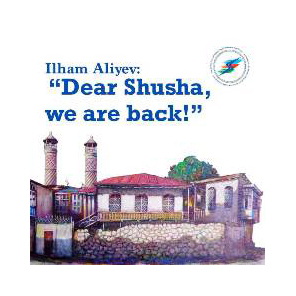

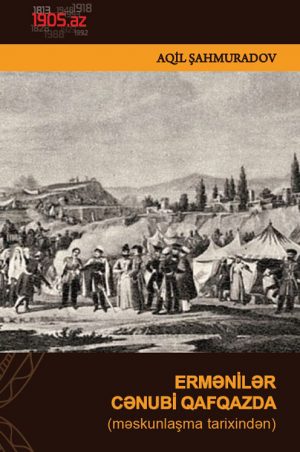


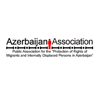


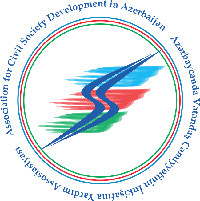
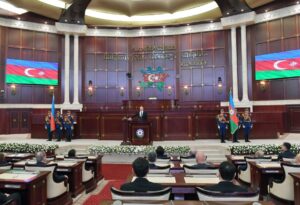 Inauguration ceremony of President of Azerbaijan Ilham Aliyev was held
Inauguration ceremony of President of Azerbaijan Ilham Aliyev was held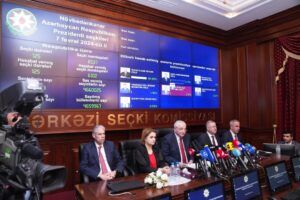 Ilham Aliyev wins presidential election with 92.05 percent of votes VIDEO
Ilham Aliyev wins presidential election with 92.05 percent of votes VIDEO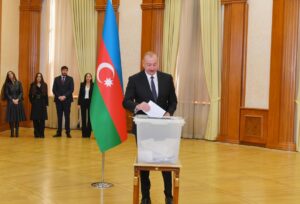 President Ilham Aliyev, First Lady Mehriban Aliyeva and family members voted in Khankendi VIDEO
President Ilham Aliyev, First Lady Mehriban Aliyeva and family members voted in Khankendi VIDEO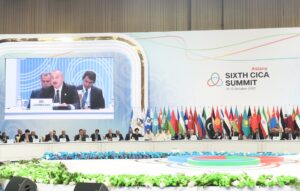 Plenary session of 6th Summit of Conference on Interaction and Confidence Building Measures in Asia gets underway in Astana. President Ilham Aliyev attends the plenary session VIDEO
Plenary session of 6th Summit of Conference on Interaction and Confidence Building Measures in Asia gets underway in Astana. President Ilham Aliyev attends the plenary session VIDEO President Ilham Aliyev was interviewed by Azerbaijani TV channels in Prague VIDEO
President Ilham Aliyev was interviewed by Azerbaijani TV channels in Prague VIDEO



